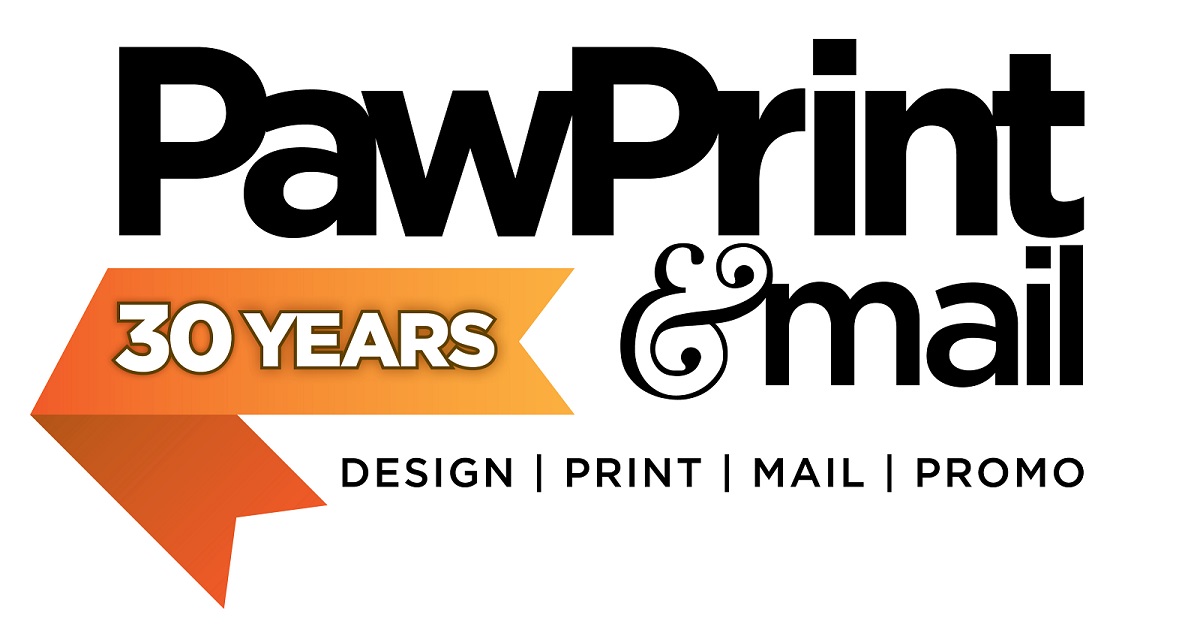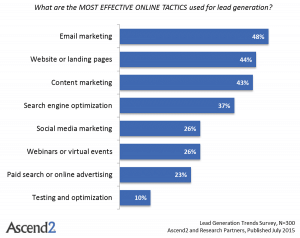 I met with one of my nonprofit clients today for our annual first quarter review of the fundraising production services we performed for this organization in 2016, and also to get an idea of the results of their fundraising efforts.
I met with one of my nonprofit clients today for our annual first quarter review of the fundraising production services we performed for this organization in 2016, and also to get an idea of the results of their fundraising efforts.
The Executive Director announced with much pride and a big smile that 2016 was a very successful year for their fundraising efforts; generously exceeding the goal they set at the beginning of the year! Music to my ears!
What’s the secret sauce?
When asked what they attributed to their success, her response was being in front of their constituency on a regular basis. For the past four years, in addition to the various digital marketing channels they employ, this organization committed to printing and mailing 3-4 newsletter-style publications per year to tell their stories and engage with their clients and donors.
Slow and steady wins the race
Similarly, two of my longest running for-profit clients in Paw Prints’ 26 years so far, continue to print and mail their monthly newsletters without fail; for the past 20+ years and running.
Why do these and other organizations and businesses elect to print and mail a newsletter instead of relying solely on email? Because direct mail works for their business model and client base.
While good for some, is a direct mail newsletter right for your business or organization? Like many marketing strategies, the answer is it depends. It depends on who your ideal client/donor is.
Describe your target audience?
- What are the demographics of your target audience? Criteria such as: age, income, education, occupation, lifestyle, client buying/donor giving history
- What is your product or service? Small or low-priced consumer item? Large ticket item? Discretionary income item?
- What is the lifetime value of a client?
- Do you sell a value-added product or service, or a commodity?
- Is the product space you’re in subject to constant and/or rapid change? Or subject to nuanced consistency?
- What percentage of your revenue is derived from what percentage of your client base?
Looking at these criteria:
- If you derive 80% of your revenue from 20% of your clients/donors
- If you sell a high-value product or service
- If the lifetime value of acquiring and retaining a client is relatively high
- If your offering or organizational mission is somehow unique, technical, progressive, personalized, and subject to changes in the marketplace
- If 80% of your target audience fits within a content-engaged demographic profile
- If your target audience is engaged with the story you have to tell
… Then adding a direct mail newsletter to your marketing or fundraising mix is something to consider. Yes, you can handle all this with an email newsletter, and you should, but including a printed and mailed newsletter as part of a multi-channel approach is arguably a most effective strategy.
Quick reads for busy people
I’m a sucker for good content on the internet; for all the things I’m interested in and wish to accomplish in my personal and professional life. And, there is no lack of amazing content on every conceivable subject from smart people all over the globe.
So I subscribe, and subscribe again, and subscribe some more thinking that “it’s only a short read” and that I’ll get to every one of them. But reality and practicality is a different story! Even my most relevant and desirable eNewsletters get readily deleted when I’m crunched with work and projects – which is pretty much most of the time. When I’m staring at a constantly replenished list of emails in my inbox every day, I find my delete button gets quite a workout. Herein lies the bane of email marketing’s existence – along with overzealous spam filters.
People spend 30 minutes reading their mail
If a potential customer spends a few minutes on your website, that’s considered a good amount of time. What if we told you that they spend 10x more time with their mail?
According to the USPS, Americans spend an average of 30 minutes reading their mail on any given occasion. When it comes to magazines, they spend 45 minutes turning the pages.
Email newsletters are inexpensive to publish but increasingly challenging to be read. With a direct mail newsletter, the recipient has to physically lay their hands and eyes on the piece before deciding to read it or not, typically initiated with a quick “skim” of the content. With a captive and relevant design and headlines in place, the benefit of a physical piece is that it can be saved to be read at the recipient’s discretion and time-frame, away from the competition, clutter and chatter of all our digital media.
Physical mail leaves an imprint in the brain
Millward Brown, a research agency, found that physical media left a “deeper footprint” in the brain than digital media did. If people can touch and see a piece of direct mail, they’re likely to be more engaged with it.
A printed newsletter is tactile, triggering more of the 5 senses: touch, sight, and sometimes even smell (ink on paper is classic) that email simply can’t evoke. eNewsletters do the have the advantage of including links, videos, social network connections, etc., which is what makes email so powerful, but on its own, is easily lost or discarded.
People feel that direct mail is more personal than the internet
There’s something about receiving an email that can feel impersonal. It can take a long time for images to load, or they won’t load at all. With so many messages coming into your inbox, it’s hard to feel like any of them are special.
Direct mail, on the other hand, feels personal. According to USPS, 69% of people feel that mail is more personal than the internet. You’re receiving something tangible–like a ‘thank you’ card vs. a ‘thank you’ email.
Today’s digital print technology is impressive in its ability to personalize a document using variable data printing (VDP) applications. Here at Paw Print & Mail, we’ve employed sophisticated levels of VDP for many years, from simple mail-merge to personal URLs (PURLs) that integrate print and digital automation into a campaign that arguably rivals any multi-channel campaign.
Roughly 66% of people have bought something because of direct mail
According to the Direct Mail Association (DMA), nearly two-thirds of people have bought something because of a direct mail piece. Additionally, 70% of customers have re-started a relationship because of direct mail.
So what’s the justification and value proposition for considering direct mail for your newsletter marketing? I’ll bring it back to my nonprofit client’s comment at the beginning of this article… being in front of your constituency on a regular basis. The more ways and the more often you can share your brand and value proposition in a creative and relevant manner to your target audience, the more leads you will generate, deals you’ll convert, and money you will raise. Period. Slow and steady wins the race.
Care to talk more about your particular needs and challenges? Contact us at Paw Print & Mail for a chat.

 Email marketing may seem like something only the big-wigs can afford to do (Apple, Google, eBay, you get the idea), but it can also be very successful for locally-owned businesses. Email marketing is a simple, affordable and effective way of reaching out to customers.
Email marketing may seem like something only the big-wigs can afford to do (Apple, Google, eBay, you get the idea), but it can also be very successful for locally-owned businesses. Email marketing is a simple, affordable and effective way of reaching out to customers. Talk about consistency and discipline,
Talk about consistency and discipline,